La Truco: «Teaching should be better appreciated»
Flamenco not only lights up the stages, but also the classrooms. Eliezer Truco Pinillos 'La Truco' is one of the most renowned flamenco teachers worldwide. From her academy in Parla (Madrid) she teaches three hundred bailaoras and gives lessons in five continents. «It’s a pity that there are so many unqualified flamenco teachers in Spain and overseas», she says
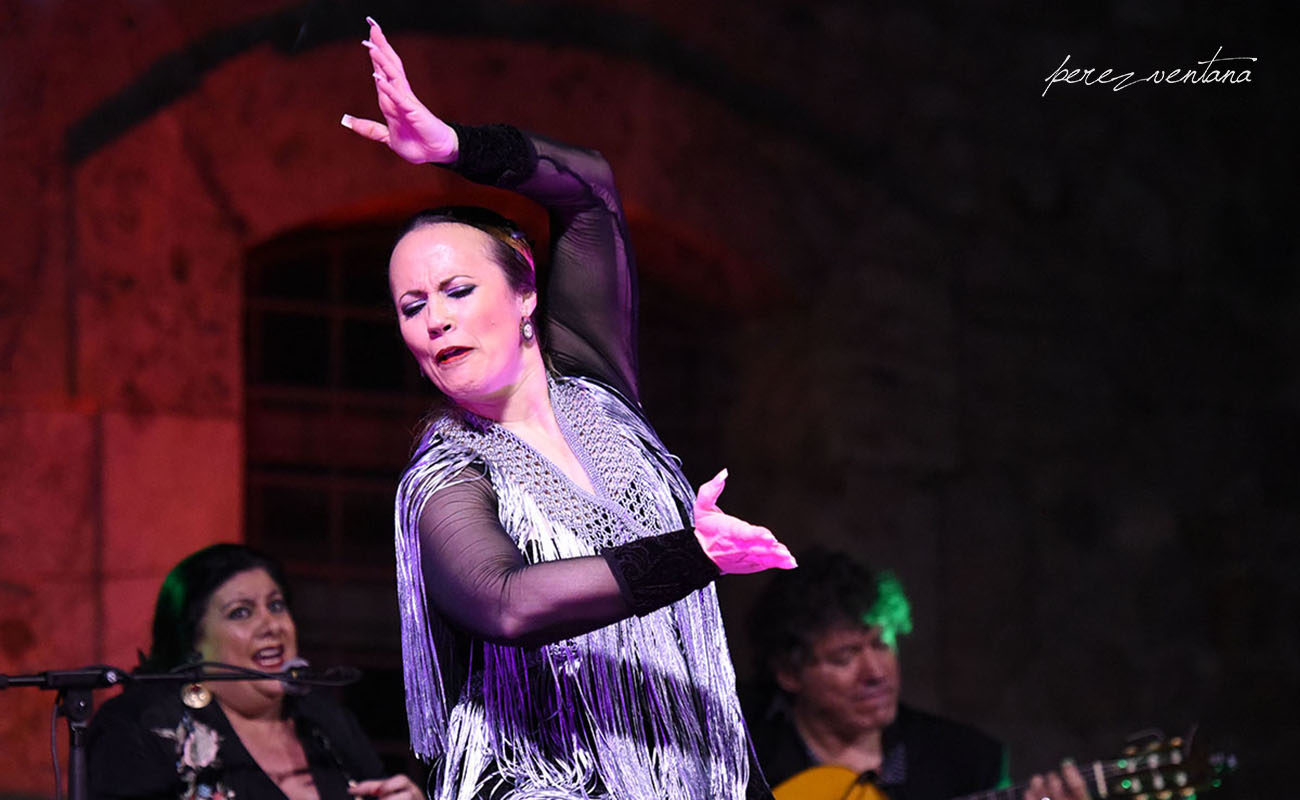
Teach me to dance, like the song goes. María Eliezer Truco Pinillos (Madrid, 1968), whose stage name is La Truco, is one of the most renowned flamenco teachers worldwide. People say that she has the gift to teach baile, besides having an advanced body technique. She taught for 16 years at the Amor de Dios academy, the most prestigious in the Spanish capital. Before that, she managed dance centers in the province of Cádiz, specifically in Zahara de los Atunes, Conil and Barbate, where she lived when she was between 19 and 30 years old. Since 2014, she manages her own academy in Parla (Madrid), the Instituto Flamenco La Truco, alma mater of the already famous Turroneras, finalists in Got Talent España. La Truco is a regular in the celebrated tablao Casa Patas, and her career as bailaora has been awarded with the Premio Nacional de Baile por Alegrías (2009), the Premio Signo for lifetime achievement (2005) and the Choreography Prize for her choreography Remembranzas (2004). Besides, she also coordinates the program of the Escuela de Flamenco de Andalucía sixty flamenco schools in Spain and overseas. Let’s now take a look at flamenco teaching.
– Explain your experience directing an academy where three hundred students learn the greatness of baile flamenco.
– The truth is that having in my hands the task of making students learn flamenco, having them glad and happy, is a big responsibility. I’m used to work with many students and having many other teachers working with me. I couldn’t do it just by myself. It’s a wonderful experience.
– Is a flamenco dance academy much different than a school or teaching other subjects?
– Here the artistic aspect prevails. People with an artistic bent are very sensitive, whether they are children or adults, and we must know how to communicate with them.
– Is it possible to teach someone how to dance like Farruquito in an academy?
– Not like Farruquito, no. I can teach technique and produce very good bailaores. But not like Farruquito, but like themselves, with their own unique style. It’s a big mistake to try to teach someone to dance like someone else. Artists can be made in academies, but in good ones, not in just any academy.
– Your academy is located in Parla, just south of Madrid. How is it possible to instill love for flamenco in young people that have not grown up being surrounded by a flamenco environment?
– I try by every means that the students attend classes where the Andalusian style prevails. I tell them a lot about cante, about flamenco guitar and history. I soak them in all that, because students yearn for these things, it’s not just about learning how to dance. If we give them what they need, what they yearn for, they get completely immersed in flamenco.
– Is it easier to learn flamenco when living in towns with a long flamenco tradition such as Utrera or Jerez?
– It’s much easier, yes. In those places cante, guitar and baile are experienced first-hand. Here [near Madrid] it’s harder. And let’s not even mention foreign countries. What happens is that nowadays, thanks to the social networks, people are able to watch a lot of videos and they have access to a lot of information they can learn from, if they’re smart. Yet, the people in Utreta, Jerez, Seville, etc., can experience flamenco on a daily basis, so that makes it easier. They should take advantage of this, of having flamenco so close at hand.
«I want my students to learn not just how to dance, but also what’s the origins of what they are learning, each style, each palo»
– What’s the greatest obstacle facing flamenco academies in Spain and around the world? Is it the limited training of the teachers?
– Yes, I think there is a lot people intruding and wanting to teach without really knowing what they’re teaching. People who don’t really know their trade and think they’re qualified teachers just because they know how to dance a handful of palos. One thing is to be a good bailaor, and quite another is to be a good teacher. On an international level, I’d demand that these teachers have some sort of certification, even private, awarded by Spain’s Ministry of Education. Nowadays everyone can do whatever they want in their own country, because no one will demand to see a degree. It’s a pity that there are so many unqualified teachers, both in Spain and overseas.
– You have taught baile flamenco in all five continents. Indeed, a few days ago you were in Australia and in the Philippines. Why are you among the most renowned teachers internationally? What is that you have that others don’t?
– All teachers have their own tricks. I’m very patient. I like to teach leisurely, at a slow pace. I want that my students not only learn how to dance, but also know the origins and history of what they’re learning about. Each style, each palo. Having teaching ability is very important. Teachers must know who are the students who want to dance professionally and give them all they need. Teachers also have to know who are the students who want to dance as a hobby and give them all they need. No more, no less. Teachers must be good psychologists and understand each student in class. Perhaps that’s the key to my success.
– What is the greatest satisfaction of being a teacher of baile flamenco? Having students who become as famous as Las Turroneras?
– I’m very proud of them. I wish I had lots of Turroneras. I think I have others like them in my academy. I see many talented girls and I know they will be very good dancers in the future. This may be a good sign that I’m able to train good artists. Yet, the greatest reward is having students all over the world saying good things about me, who love me, who want to be my students. Who know what kind of teacher I am, who value the work I do.
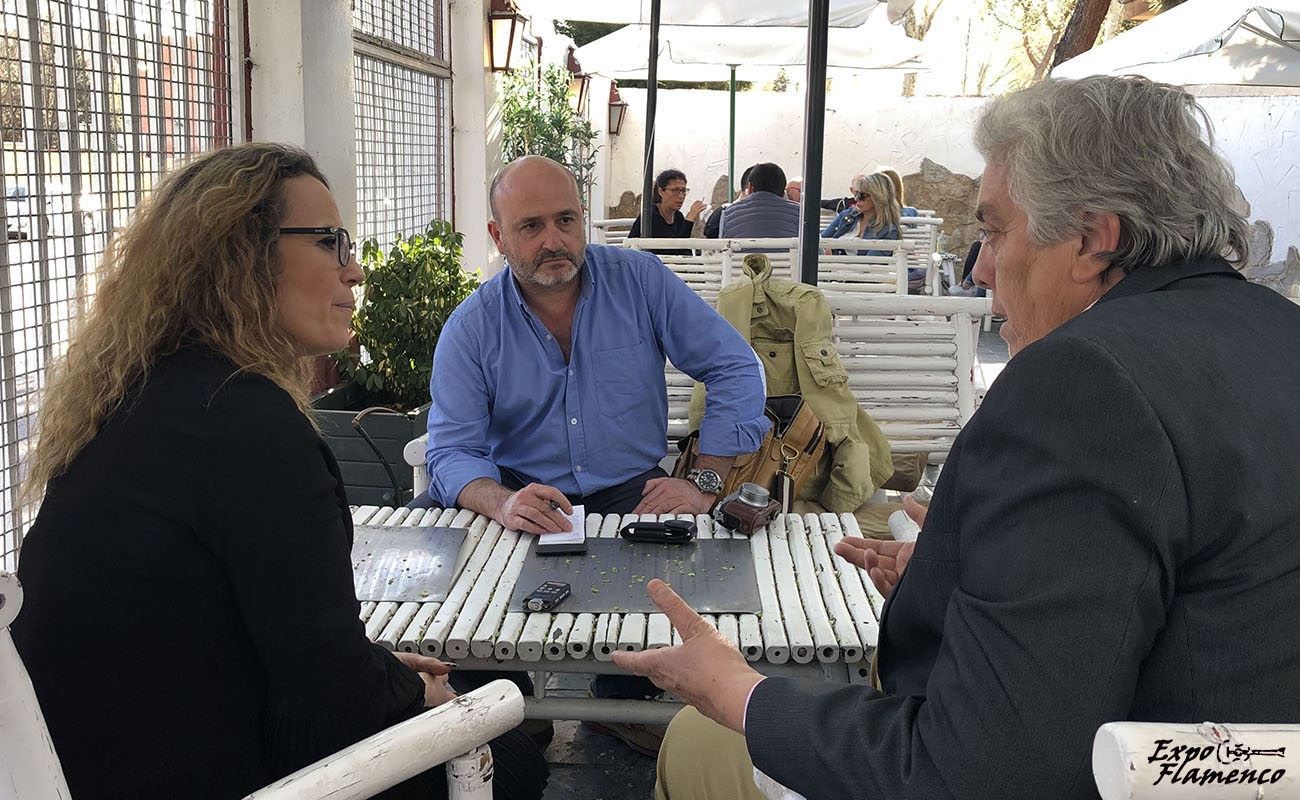
Interviewing La Truco in Parla, Madrid. From left to right: Eliezer Truco, Quico Pérez-Ventana and Manuel Bohórquez.
– Would you have traded your career as a teacher for the opportunity to perform on stages more often?
– I am very happy with my teaching career. I wouldn’t trade it for anything else in the world. Sometimes I miss the stages. But teaching, travelling the world, getting to know different people, gastronomy, culture… it’s very satisfying. It’s a very worthwhile reward for being a teacher.
– A few weeks ago, we attended a congress of teachers of baile flamenco in Alcalá de Henares and we heard about facial expressions. How important are facial expressions in baile?
– I’ve always said that expression through gestures is part of teaching baile. Flamenco is very raw. There is a lot of expressions in our faces, in our gestures, when it comes to perform baile. I emphasize a lot the facial expressions with my younger students, so it will be easier and more natural for them when they’re older. It’s true that flamenco must be natural, it can’t be forced. There can’t be forced expressions when performing baile. But kids are taught as if it were a game, and that helps them later on. The same goes with body language. That’s says a lot about the artist.
«I think I’m a very well-rounded bailaora. I travel the world, \i’m know in every academy in Spain. I’m doing a great work in behalf of flamenco»
– Do you think flamenco teachers deserve more recognition?
– Absolutely. There are awards for dance, for lifelong career achievements, for promoting flamenco all over the world, so teachers should get awards, too. See, for example, the prize that has been awarded to Irene Rodríguez in Cuba: Medal of the Arts. And in Washington, Edwing Aparicio received a big tribute as a great flamenco teacher. Yet, those of us here in Spain are not acknowledged.
– Which teachers would you give an award to?
– I’d start with myself, hahaha. I think I’m a very well-rounded bailaora. Very committed to teaching. I travel all over the world. I’m known in all flamenco academies in Spain. I’m doing a great work in behalf of flamenco. And I think about Pepa Molina, in Sydney, who teaches very well. Merche Esmeralda, Milagros Mengíbar and Carmen Ledesma are great teachers. La Tati, an international teacher who has taught us a lot. In Andalusia, I’ve heard many good things about Manuel Betanzos. I think there are many great teachers in Andalusia, Catalunya, Madrid. Teachers from many places who are performing overseas, projecting the teaching of flamenco on a global level, who need to be acknowledged by some big institution. In the Premios Max de las Artes Escénicas, for example, why don’t they include flamenco teachers?
– What has happened with Las Turroneras? We’ve seen your students performing in a viral video of Casa Patas and reaching the final of Got Talent España. They’re even doing tours in theaters.
– Well, look. Las Turroneras are preparing themselves very thoroughly. They have their own show already set, directed by my son Cristian and myself. It’s a very traditional, very flamenco show. It’s being promoted by their agent, Miguelo, of Suspiria Producciones. They just performed at the Talía Theater, in Valencia, and in La Cubierta de Leganés in Madrid. All with very good publicity in press and TV. And they keep working very hard to become the best. Striving for their dream of being artists, flamenco bailaoras.
– People say that they dance like seasoned old ladies.
– That’s like people tell me, that they are like little old ladies dancing. Two of them have that wise old lady look. La Pulga, for example.
– Last question: Does every bailaora working as flamenco teacher hopes one day to headline one last show in the best stages?
– [Long pause] Yes.


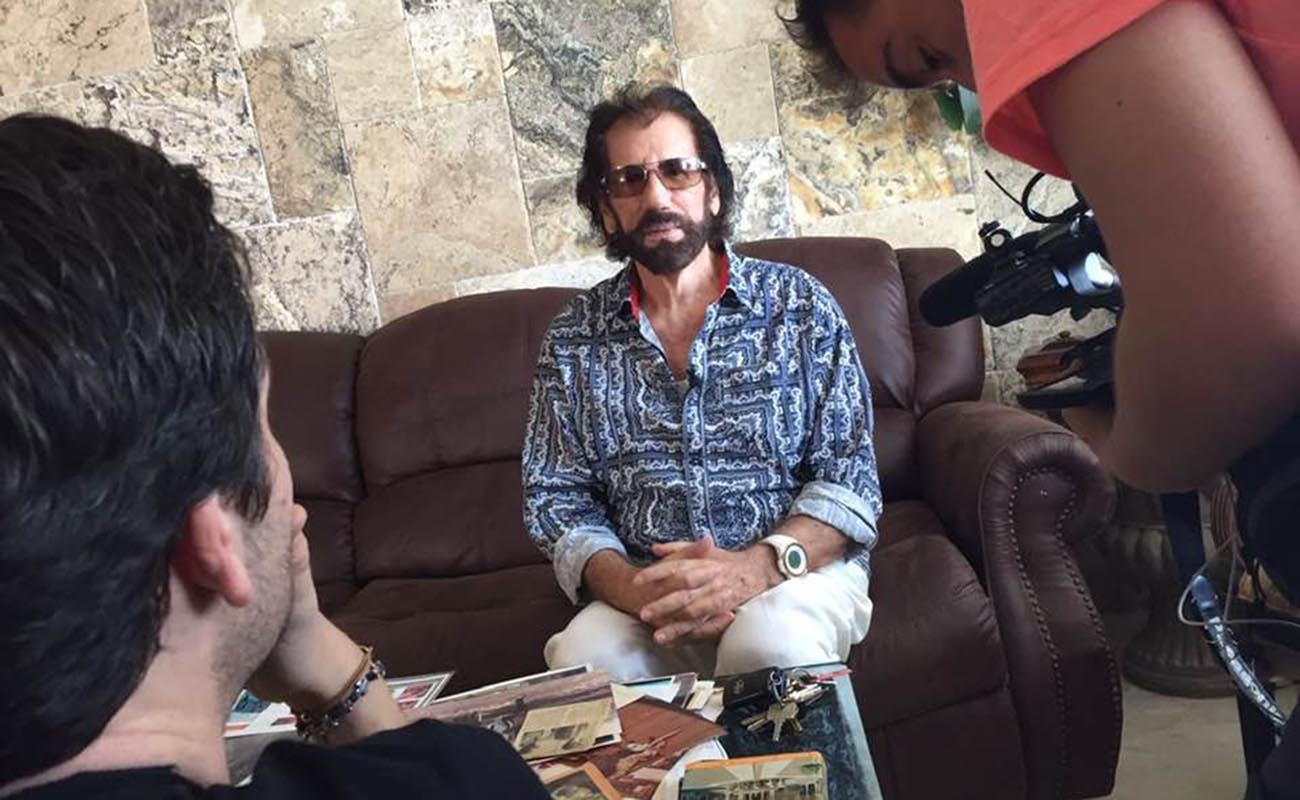
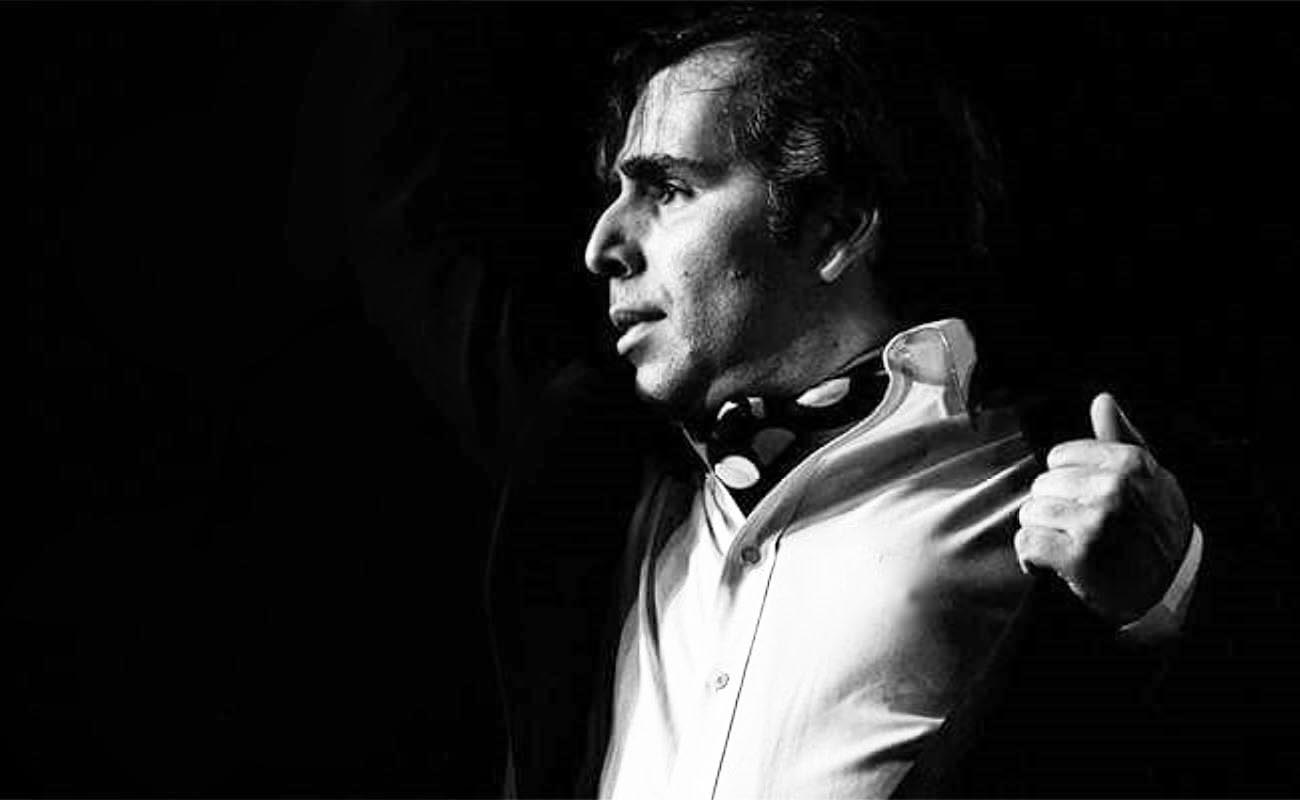
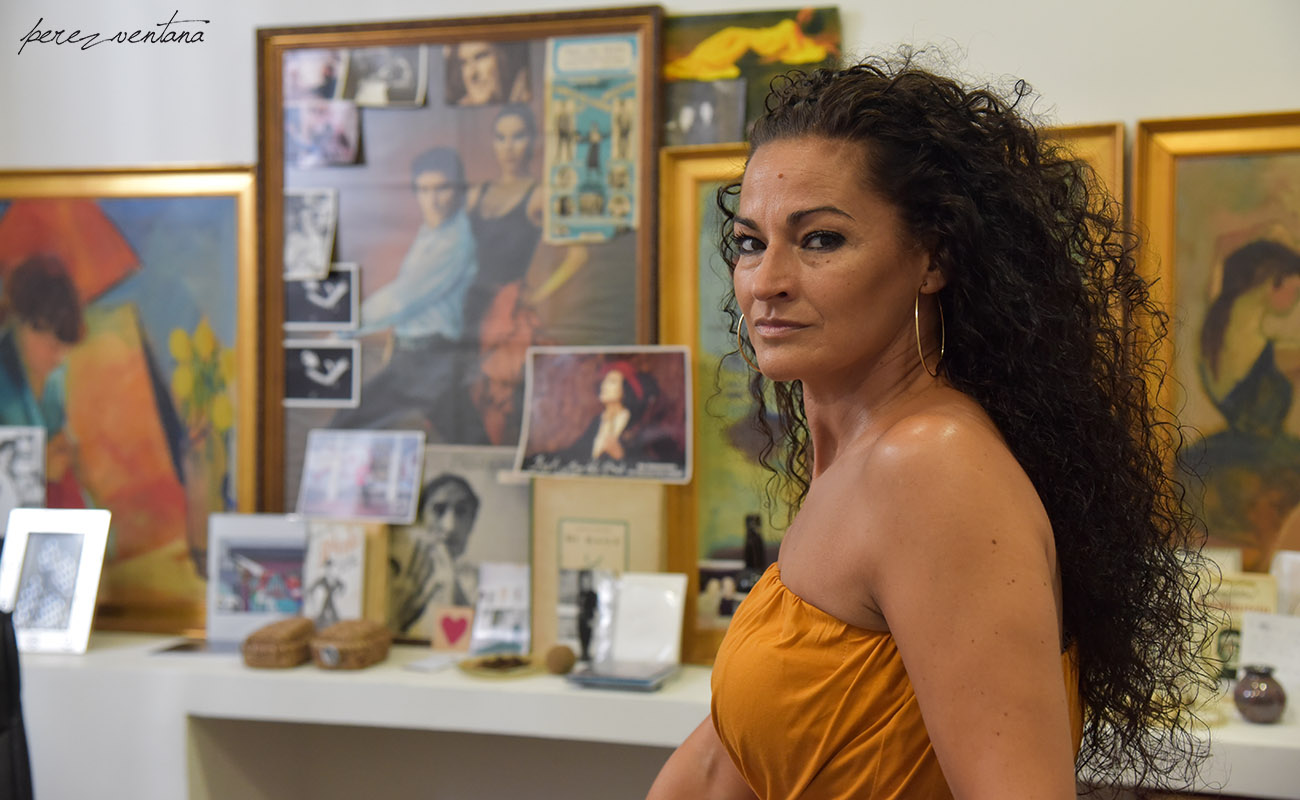
Lorraine Chtham 28 July, 2020
La Truco must be an exceptional teacher because the girls Las Turroneras are terrific. From their dance moves, to their hand, shoulder and body moves, with great dance steps. I hope that after the pandemic they will be able to continue building their careers and I could see them in person. How wonderful that would be. I have learned so much about Flamenco baile from watching their dancing and their teacher on short video clips.